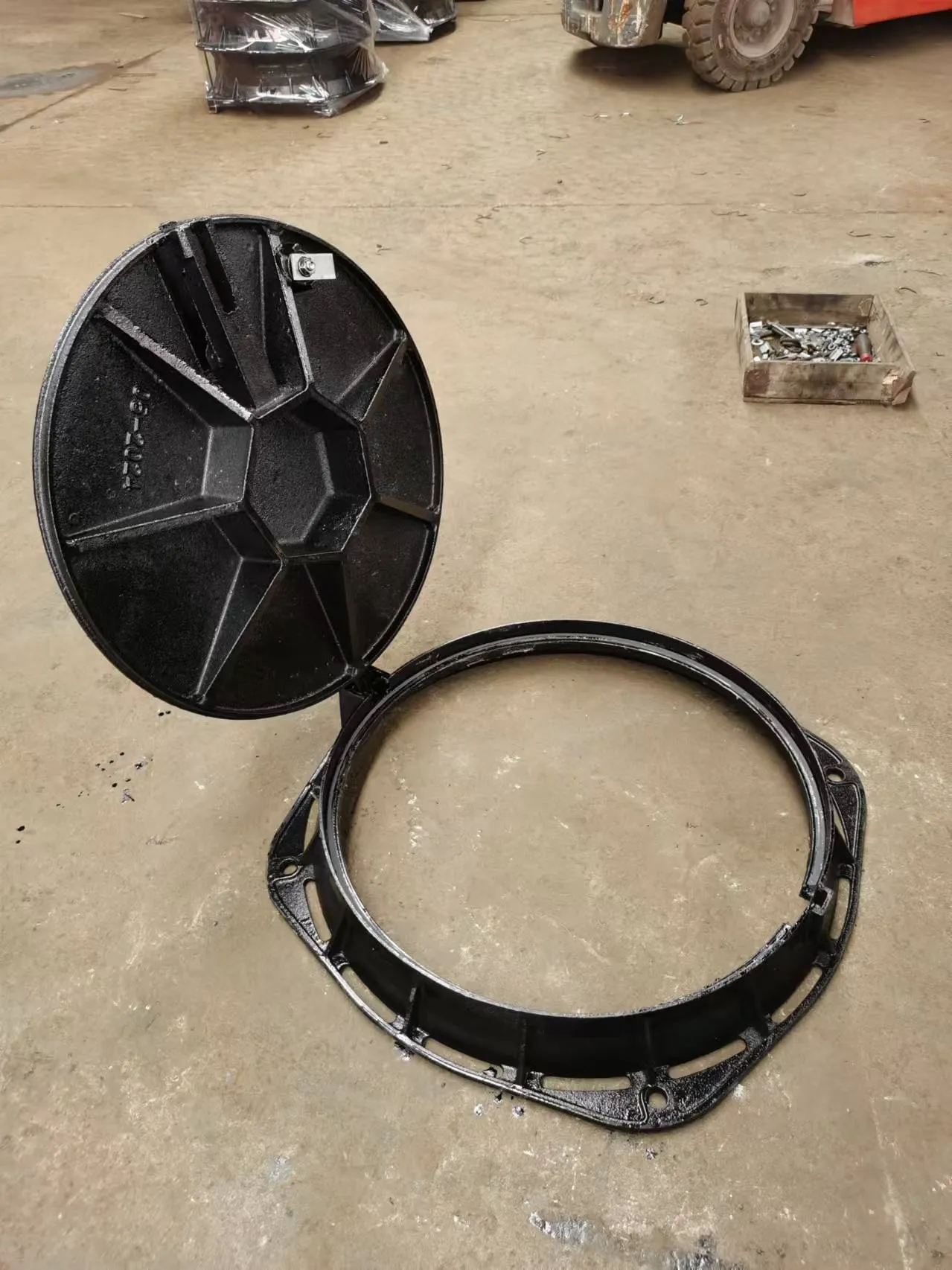pressure relief valve on compressor
Understanding Pressure Relief Valves on Compressors
In the world of industrial machinery, compressors play a crucial role in various applications, from powering pneumatic tools to providing essential air supply for countless systems. As efficient as these machines are, they operate under significant pressure, leading to potential hazards if not managed properly. One essential component that helps maintain safety in compressors is the pressure relief valve. This article explores the function, importance, and maintenance of pressure relief valves on compressors, ensuring optimal performance and safety.
What is a Pressure Relief Valve?
A pressure relief valve (PRV) is a safety device designed to prevent overpressure in a system. It is engineered to open automatically when the pressure exceeds a predetermined limit, allowing excess pressure to escape and thereby protecting the compressor and associated equipment from damage. These valves can be found in many different applications, including air compressors, refrigeration systems, and hydraulic systems.
How Does a Pressure Relief Valve Work?
The operation of a pressure relief valve is based on simple mechanical principles. Each valve is calibrated to open at a specific pressure, referred to as the set pressure. When the pressure in the compressor system exceeds this set point, the valve opens, allowing gas or liquid to vent safely. As the pressure decreases back to a safe level, the valve automatically closes, ensuring that the compressor can resume normal operation without interruption.
There are two primary types of pressure relief valves spring-operated and pilot-operated. Spring-operated valves use a spring to hold the valve closed until the system pressure overcomes the spring's force. Pilot-operated valves, on the other hand, use system pressure to control the opening and closing of the valve, offering more precise control, especially in large systems.
Importance of Pressure Relief Valves
1. Safety The primary function of a pressure relief valve is to ensure safety. By preventing excessive pressure build-up, the valve reduces the risk of catastrophic failures, explosions, or equipment damage which can pose severe risks to personnel and infrastructure.
2. Regulatory Compliance Many industries are subject to stringent regulations regarding equipment safety. Properly functioning pressure relief valves are often required to comply with safety standards set by organizations such as ASME (American Society of Mechanical Engineers) and OSHA (Occupational Safety and Health Administration). Compliance not only ensures safety but also protects companies from legal liabilities.
pressure relief valve on compressor

3. Operational Efficiency By providing a mechanism for safe pressure regulation, pressure relief valves help maintain operational efficiency. They allow compressors to function within safe pressure ranges, reducing wear and extending the lifespan of the equipment. This leads to lower maintenance costs and increased productivity.
4. Cost-Effectiveness Preventing equipment failure through proper use of PRVs can lead to significant cost savings. The expenses associated with repairs, product loss, or potential injuries caused by pressure-related incidents can be substantial. Investing in high-quality relief valves can mitigate these risks.
Maintenance of Pressure Relief Valves
Maintaining pressure relief valves is crucial for ensuring their reliability and effectiveness. Here are several best practices for maintenance
- Regular Inspections Periodic checks are essential to verify that the valves are functioning correctly. Inspect for signs of wear, corrosion, or damage, and ensure that they open at the specified set pressure.
- Testing Conduct functional tests on pressure relief valves to ensure they open and close correctly. This can often be performed as part of routine maintenance procedures.
- Cleanliness Keep the area around the valves clean to prevent dirt and debris from affecting their operation. Contaminants can cause valves to stick or fail to operate.
- Documentation Keeping accurate records of inspections, tests, and maintenance activities not only helps comply with regulatory requirements but also aids in performance tracking.
Conclusion
Pressure relief valves serve as critical safety components in compressors, ensuring the safe operation of these powerful machines. By understanding the function and importance of PRVs, as well as adhering to regular maintenance protocols, organizations can enhance the safety, efficiency, and longevity of their compressor systems. In an industry where pressure and safety are paramount, investing in reliable pressure relief valves is not just a precaution—it's a necessity.
-
The Smarter Choice for Pedestrian AreasNewsJun.30,2025
-
The Gold Standard in Round Drain CoversNewsJun.30,2025
-
The Gold Standard in Manhole Cover SystemsNewsJun.30,2025
-
Superior Drainage Solutions with Premium Gully GratesNewsJun.30,2025
-
Superior Drainage Solutions for Global InfrastructureNewsJun.30,2025
-
Square Manhole Solutions for Modern InfrastructureNewsJun.30,2025
-
Premium Manhole Covers for Modern InfrastructureNewsJun.30,2025
